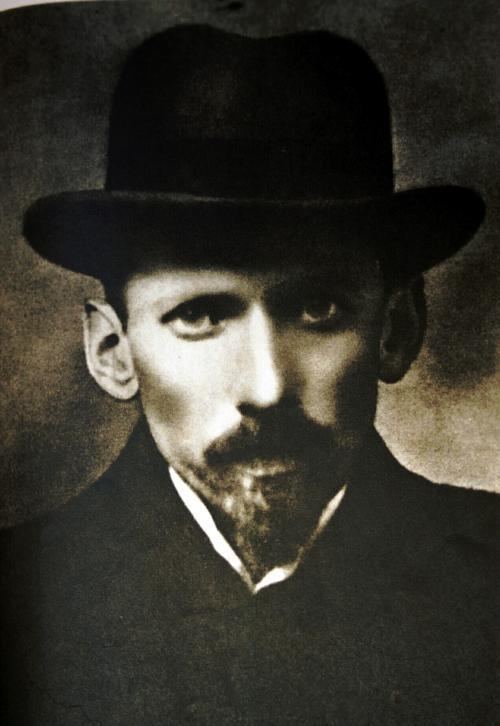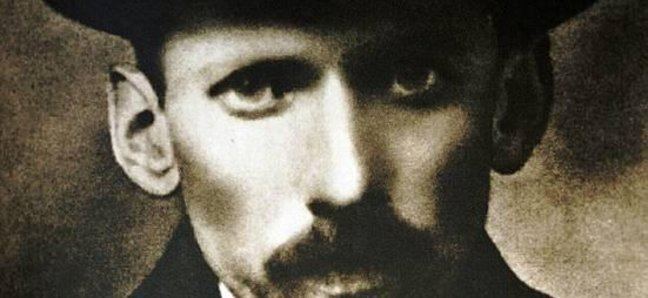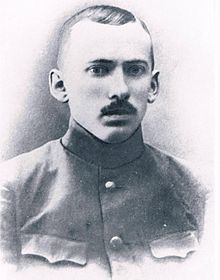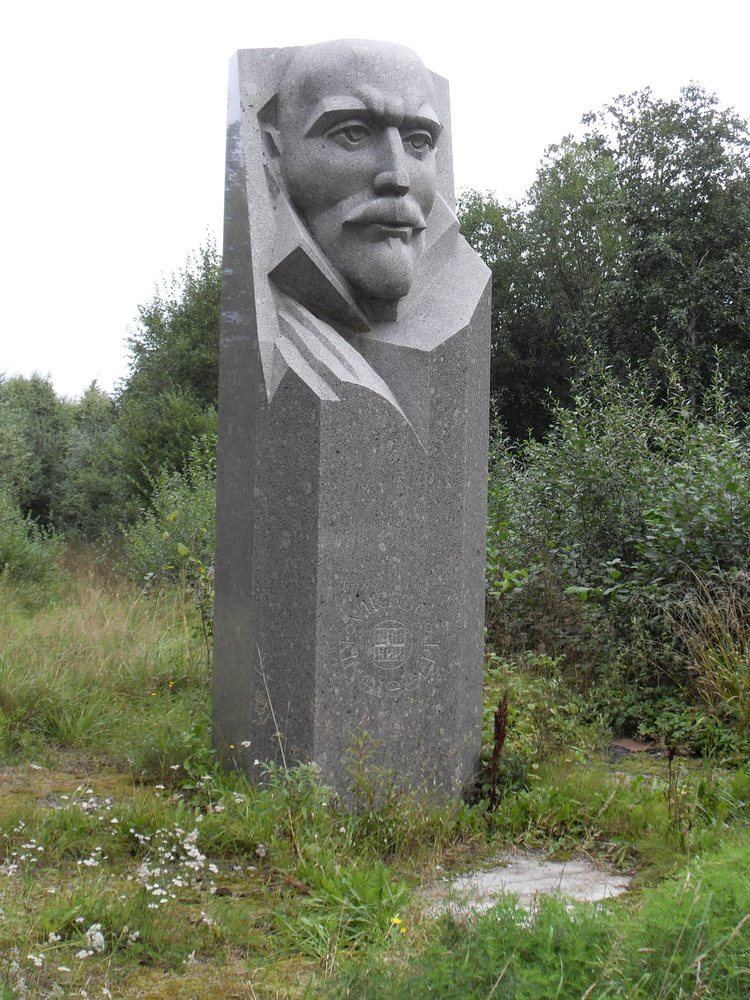Name Viktor Kingissepp | Role Politician | |
 | ||
Died May 4, 1922, Tallinn, Estonia Party Communist Party of Estonia | ||
Viktor Kingissepp (24 March [O.S. 12 March] 1888 in Kaarma, Saaremaa – 4 May 1922 in Tallinn) was an Estonian communist politician, the leader of the Estonian Communist Party.

The son of a factory worker, he joined a Marxist circle as a schoolboy in Kuressaare (which was renamed Kingissepa in 1952, but restored to its original name in 1988), and organised the Estonian section of the Russian Social Democratic Labour Party, in St Petersburg. During the war with Germany, he was put in charge of a medical train on the western front. After the February revolution, he returned to Petrograd (as St Petersburg was now named), and joined the Bolsheviks, and the Red Guards. After the Bolshevik revolution, he was deputy chairman of the Estonian revolutionary soviet in Tallinn, but fled back to Petrograd after Estonia was occupied by the German army. He joined Cheka, and in August 1918 carried out the arrest of Fanny Kaplan, who had shot and attempted to kill Lenin. He returned to Estonia in November 1918, to organise the banned Estonian Communist Party, and presided over its first congress, in November 1920. He was arrested by the Estonian Political Police on 3 May 1922, after a mass May day demonstration in Tallinn, and executed that same night.

Legacy

The Soviet Russian government renamed the town of Yamburg to "Kingisepp" in his honour. Many Estonian towns had its own Viktor Kingissepa Street during the Soviet era.

